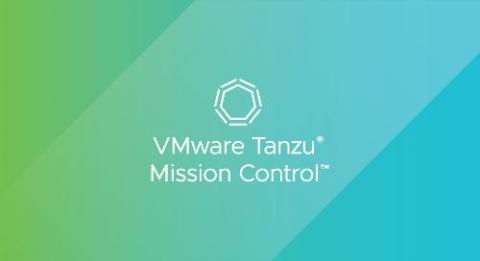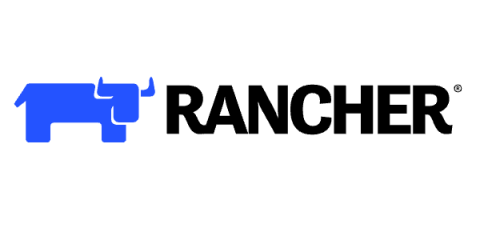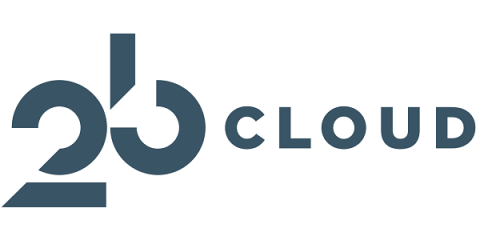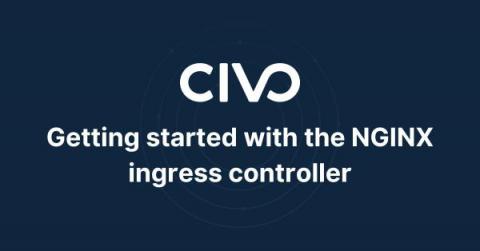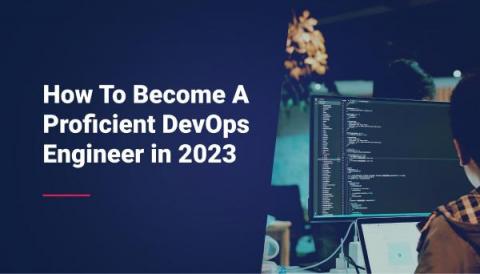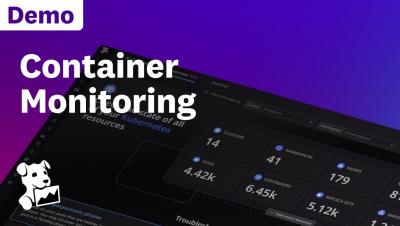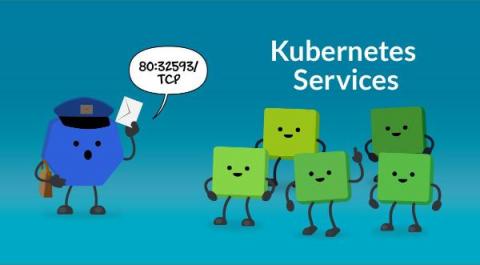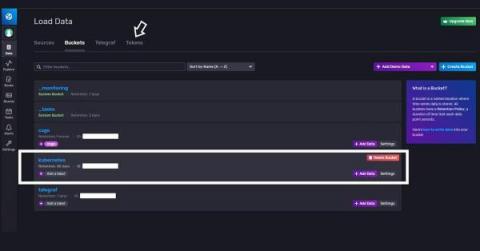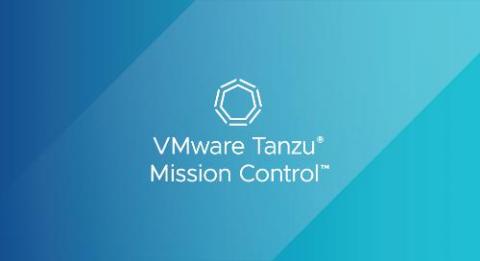VMware Tanzu Mission Control Year in Review: 2022 Edition
We aren’t done with 2022 yet, but phew! This was a busy year for the VMware Tanzu Mission Control team. In the two short years since VMware introduced Tanzu Mission Control, the Kubernetes management hub has evolved rapidly to meet industry trends and changing customer needs with important new features, such as data protection, lifecycle management capabilities, GitOps automation, and integration across the VMware portfolio, to name a few.


